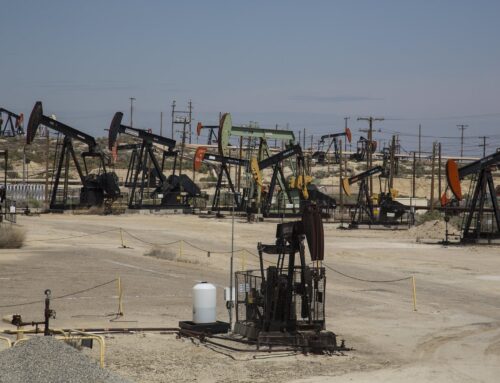Is the end in sight for ethanol? We hope so. The consensus is clear; ethanol is not the green fuel it’s billed as, and the Environmental Protection Agency’s Renewable Fuel Standard is bad for the economy and worse for the environment.
“Ethanol foes are expected to face off again over the federal mandate that requires ethanol and biodiesel to be blended into the nation’s fuel supply later this month,” the Des Moines Register reports. “The U.S. Environmental Protection Agency is supposed to release its final Renewable Fuel Standard rule by the end of November.”
Here s the jaw-droppingly inaccurate statement from EPA official Janet McCabe: “The Renewable Fuel Standards program is a success story that has driven biofuel production and use in the U.S. to levels higher than any other nation. This administration is committed to keeping the RFS program on track, spurring continued growth in biofuel production and use, and achieving the climate and energy independence benefits that Congress envisioned from this program.”
Each part of that statement is untrue. Let’s break it down.
Is the RNS a successful program? Hardly. Signed into law in 2007, it set unattainable (and inadvisable) goals that have never been met. And as Ryan Alexander of Taxpayers for Common Sense points out, “The maze of historic subsidies for ethanol has allowed the federal government to distort energy and agriculture markets, pick winners and losers, contribute to expansion and overproduction of ethanol in the industry, and result in numerous unintended consequences that cause long-term taxpayer liabilities.”
He puts the cost to taxpayers at tens of billions of dollars.
Next, Ms. McCabe claims climate and energy independence as benefits indeed as goals of the RFS program. She’s wrong on both counts.
“The corn ethanol that is forcing its way into the marketplace is likely increasing greenhouse gas emissions, according to the National Academy of Sciences,” Alexander notes. “In fact, corn-based ethanol nearly doubles GHG emissions over 30 years and increases greenhouse gases for 167 years, according to researchers from Princeton University and Iowa State University.”
It takes more energy to grow, harvest and convert corn to ethanol than the ethanol itself yields. And how is it grown? With big, smelly, diesel-driven tractors.
Well, what about energy independence, at least?
As Alexander points out, “Countless experts including the government’s own Energy Information Agency (EIA) tie America’s lowering dependency to increased domestic energy production, better fuel economy and Americans driving less due to the recent recession.”
We can thank the fracking revolution, not ethanol, for our newfound level of energy independence.
“If this wasn’t enough, corn ethanol is also draining consumers’ pockets,” Alexander adds. “The prices of meat, poultry, eggs, dairy, wheat and soybeans have increased as greater levels of corn ethanol production contributed to higher corn prices and greater land competition with other crops.”
The EPA will call for more ethanol – about 300 million gallons more of the stuff in 2017.
We don’t need more ethanol we need to eliminate the RFS completely. It’s bad policy, driven by bad science.










